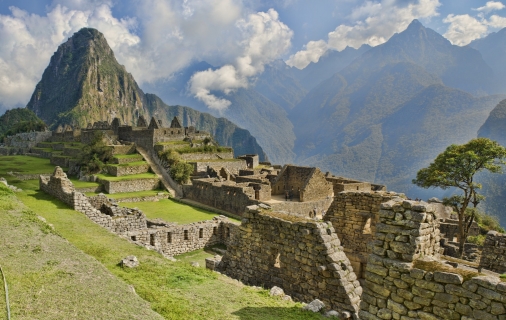Lobitos Rainfall & Precipitation: Monthly Averages and Year-Round Insights
This page shows both the average monthly rainfall and the number of rainy days in Lobitos, Piura, Peru. The numbers reflect climate data gathered over a 30-year period, from 1990 to 2020. Now, let’s break down all the details for a clearer picture.
Lobitos experiences desert-like conditions in terms of precipitation with almost no rainfall, generally receiving 188 mm annually.
Monthly Precipitation Levels
The average number of days each month with precipitation (> 0.2 mm)
The climate in Lobitos shows significant variation throughout the year. Expect 55 mm of precipitation during the wettest month March, distributed over 4 rainy days.
In contrast, August offers drier and sunnier days, with around 0.5 mm of rainfall over 0 rainy days.March, the wettest month, has a maximum daytime temperature of 29°C. During the driest month August you can expect a temperature of 24°C. For more detailed insights into the city’s temperatures, visit our Lobitos Temperature page.
Annual Precipitation in Peru
The map below shows the annual precipitation across Peru. You can also select the different months in case you are interested in a specific month.
 heavy rainfall
heavy rainfall
 high
high
 moderate
moderate
 low
low
 almost none
almost none
Amsterdam Precipitation Compared World Wide
Lobitos’s average annual precipitation is 188 mm. Let’s compare this to some popular worldwide tourist destinations:
Chicago, USA, sees an annual precipitation of 1062 mm, with rain and snow contributing to its humid climate.
In Seoul, South Korea, the average annual precipitation is 1237 mm, with most rain falling during the summer monsoon season.
Perth, Australia, receives 565 mm of rainfall annually, mostly during the winter months.
Singapore, situated near the equator, gets 2581 mm of rainfall annually, with no distinct dry season and consistent monthly precipitation.
How is Precipitation Measured?
Precipitation amounts are measured using specific gauges installed at weather stations, collecting both rain and snow and any other type of precipitation. Rainfall is measured directly in millimeters, while that from snow and ice is obtained by melting it. Automated systems often incorporate heaters to make this easier.
Information from these stations is transmitted via Wi-Fi, satellite, GPS, or telephone connections to central monitoring networks. This information is immediately updated and integrated into weather models and forecasts.
Interesting weather facts
- Mawsynram in India is noted as being the wettest place on earth, with over 11 meters of rain falling every year.
- In contrast, Antofagasta in Chile is among the driest places on the planet, getting less than 0.1mm per year, with some years recording virtually no rainfall.
- Nearly 1,650 thunderstorm cells are estimated over the planet at any given time.
For more detailed information about Lobitos’s weather, including sunshine hours, humidity levels, and temperature data, visit our Lobitos Climate page.
Current rainfall in Lobitos










